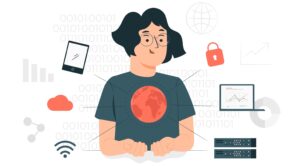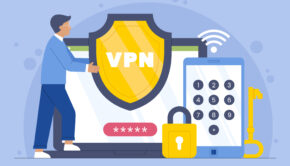The Definitive Guide on VPN Technical Help
A virtual private network (VPN) is a kind of tool that you use to ensure you have both security and privacy when you go online. Most VPN guides out there will tell you about how VPN works and how to pick out the best VPN service provider for your needs. However, there isn’t much information available on how to troubleshoot when your VPN connection begins to act up. Issues with your VPN can ultimately lead to an error message and a lost connection. Luckily, it isn’t a problem you can’t fix easily in most situations.

One thing is for sure: VPNs have become much more easy to use and intuitive through the years. Most of them allow you to get right to surfing the internet without having to worry about the technical aspect of things.
However, there will always be some problem sometimes, and you should be prepared to deal with it. In this article, we will look at some of these problems and tell you how to deal with them effectively.
Connection Issues

A VPN is an excellent way to get connected to the internet without having to worry about security. However, it can sometimes interfere with your regular connection. Some of the issues that you could potentially face with a VPN connection:
- The VPN server fails to respond
- The internet service that you’re trying to use blocks your VPN
- You have some old VPN packages that are interfering with your new VPN packages
- There are intense firewalls that are interfering with your VPN connection
- There are a few fixes you can use to deal with this
- You can restart your VPN
Every VPN comes with associated software and, sometimes, the software can malfunction. This is the VPN equivalent of switching your computer off and then on again to solve the problem. Of course, that sounds a little cliché, but it can work and get your VPN working like new again.
If your VPN comes with its own program, then you should try to close it and restart it. If the VPN comes as a plug-in in your browser, then you may need to restart your browser.
Clear Out the Old VPN Software in Your Computer

It is usually the case that you’re shopping around for the right VPN software, so you’re in that phase where you’re just looking around. You end up downloading a lot of different software packages and try them out. Then, you forget to delete the ones you don’t like.
This is bad practice with just about any kind of software; not just VPN software. However, it can be extra troublesome wit VPN software. You should read a proper VPN guide to make sure you minimize the shopping around so that you get the right kind of software for your computer the very first time. However, if you already have a lot of VPN software in your computer, then they might be working in destructive ways to stop your new VPN software from functioning the way it should.
You can try to disable the older VPN software in your computer to prevent the unhealthy interference from occurring. However, you can do even better than that: you can uninstall them completely and take them out of your computer. You may find your VPN working much better after that.
Update Your VPN
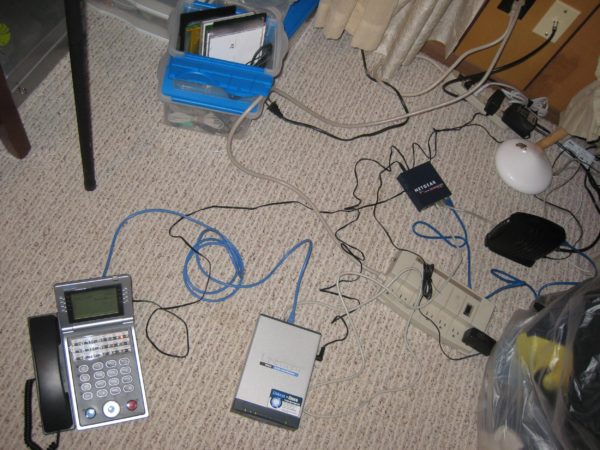
VPN software is special software that gets updated quite regularly. There are many kinds of updates that can come up for such software. Some of them are just for the interface. You get an update that makes the software a lot more intuitive and easier to use for you so that your life can be easier.
Infrequently, there is an update that is important to how the VPN itself functions. These are updates that make the service faster or more efficient and effective. Of course, you won’t know exactly which kind of update you’re getting unless you read the bug fixes report. However, to be on the safe side, it’s important that you keep your VPN up to date and pay heed to all the update requests.
The easiest way to find out if your VPN is up to date is to check the version number of the version you’re running on your computer. Once you’re aware of the version number of your software, you can compare it with the latest version number on your VPN service provider’s website. You will typically find this information in the About section of the provider’s website.
Use the Help Function

VPN service providers pretty much foresee that you’re going to get stuck at some point or other while using their software. As a result, they have a help function built into their software. You should use it before you go looking for help elsewhere. More likely than not is the possibility that the developers foresaw the exact kind of problem you’re dealing with, and they put the instructions for solving it in the help section. Most of these tools are user-friendly, so you don’t have to be an expert to find your way around them.
If you’re confused, though, you can contact the service provider through their customer service number. The exact way you can contact them, however, depends on the kind of provider you go for in the first place. Some of them have live chat while others have email and others yet have a phone number you can call. If you’re especially anxious about your VPN connection, then make sure you go for one that will respond to your requests for help quickly.
Change Your Server
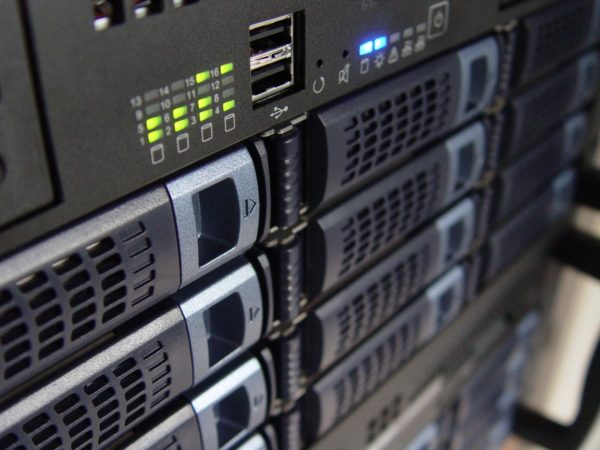
No matter what kind of service provider you go for, most of them have hundreds upon hundreds of servers around the world that you can connect to. These servers, while giving you plenty of options, may not all be functioning the right way.
There could be lots of potential reasons why a particular server isn’t functioning well. Sometimes, it could be that the server has to deal with too much traffic, or it has been blacklisted by the internet service that you’re currently using.
However, because VPNs have hundreds of servers that you can create a connection to, you always have the option of connecting to another one that might help you get through, and much faster at that.
Don’t worry too much about where the particular country that the server you’re using is, and also don’t worry about the location of the country that you’re trying to access content in. The best VPNs have lots of servers in the same country, so you shouldn’t have trouble finding another server in the same country.
Use a Different VPN Protocol
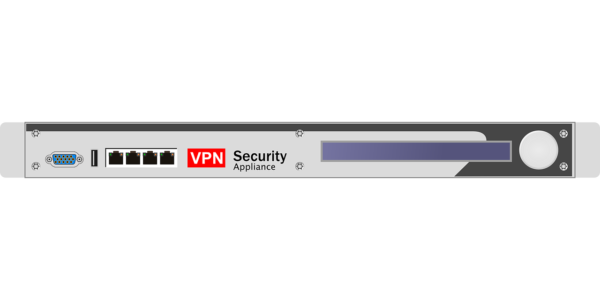
Sometimes, your connection issues may be caused by the VPN protocol that you’re using. A protocol is pretty much any network that is used in the exchange of data. The most common protocol, which you have probably already heard of, is hypertext transfer protocol (HTTP). This is the protocol that serves you with practically every website you view on your browser.
If you’re having trouble with your VPN connection, it could be that there’s something wrong with your protocol settings. You can try to play around with the settings to see if you can find your way to an incidental solution to the problem. It might even lead you to a much faster connection.
Of course, here you should also know that the best protocols will only be available for the most premium paid for services. Therefore, you should make sure you’re using a top-notch service before you consider using this solution.
Your Firewall
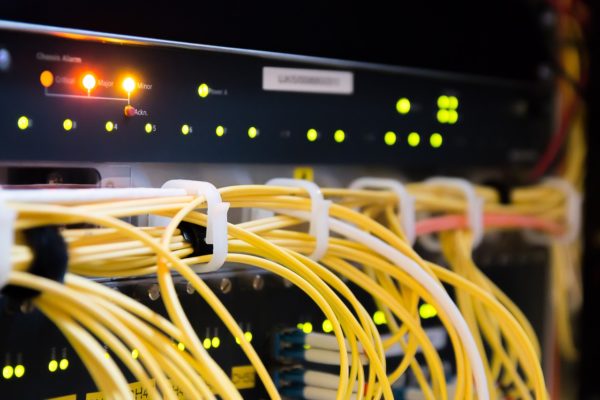
Firewalls will inspect any data that goes in and out of your connection, and some of them can be pretty overprotective of the kind of traffic they let into your computer. That’s their job, after all, and so we should expect nothing less.
Some firewalls don’t work very well with VPNs and so will interfere with the connection. You can experiment by temporarily disabling your firewall to see if your VPN connection will do better. You can turn it back on when you’re done checking.
Try OpenVPN

One of the protocols you might find quite useful is OpenVPN. This is an open source protocol and is both secure and stable, having been around for 15 years.
This protocol is popular in the VPN social sphere and is compatible natively with a whole range of platforms. It works with Linux, Windows, MacOS, iOS and Android. Your VPN should be compatible with the service or site.
Your VPN should also be able to access the particular site for you to use the site. While the best VPNs out there are quite good at getting around blocked sites, there are also clever sites that avoid this.
Netflix is a good example of a site that is hard to crack for VPNs. Not all of them can access it, so you should check with your provider before you visit it. The same applies to other sites.





